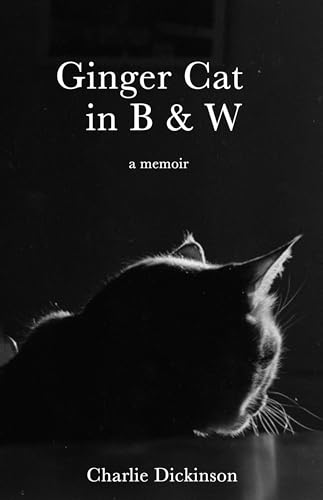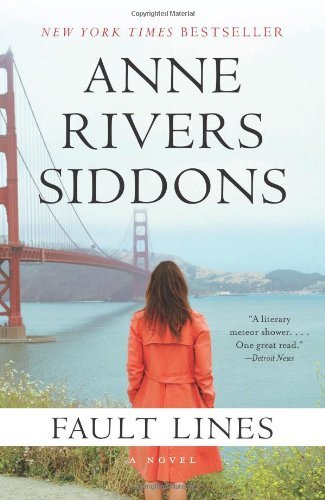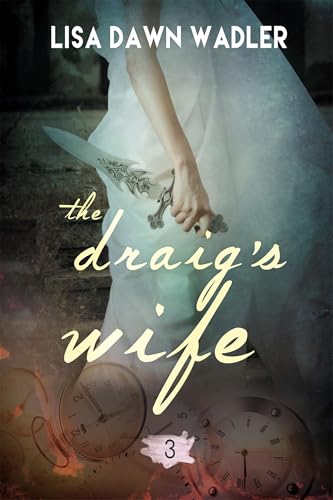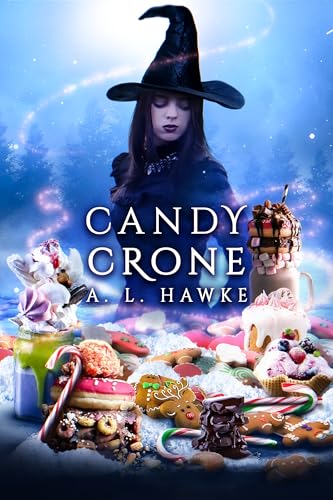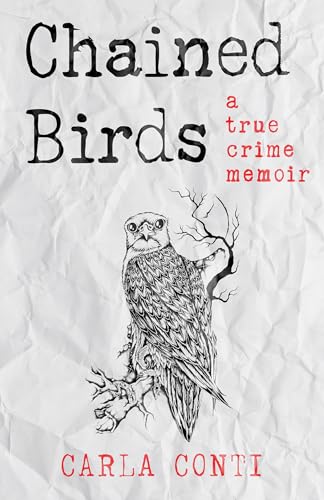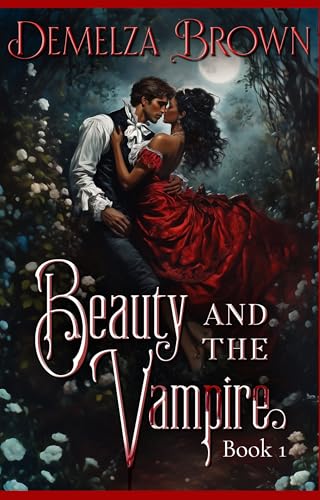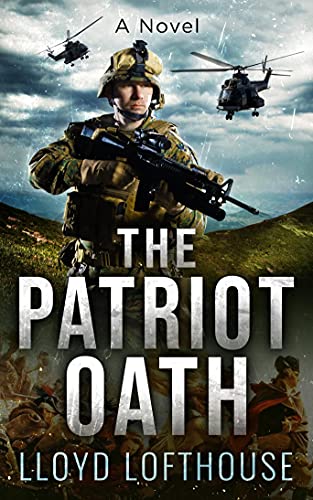It’s April 1, April Fool’s Day, and Day One of Steve Jobs’ grand “Agency Model” experiment to transform the book industry by raising ebooks prices 30 to 50 per cent.
Do you know where your Kindle Store prices are?
We do, and there may be a few surprised faces when we share what we have. Long story short: Prices are pretty much the same as they were a few weeks ago, but there have been tiny declines in the percentage of books at the price points to which Apple, the Apple 5 publishers, and the agency model were supposedly driving ebook prices:
- the percentage of Kindle Store books priced from $10 to $12.99 has fallen from 1.25% to 1.24%
- the percentage of Kindle Store books priced from $13 to 14.99 has fallen from 2.96% to 2.95%
- the percentage of Kindle Store books priced at $15 and up has fallen from 19.31% to 18.64%
Meanwhile, (almost) everybody’s favorite tech critic, the New York Times’ David Pogue, has this to say about the iPad as an ebook reader:
There’s an e-book reader app, but it’s not going to rescue the newspaper and book industries (sorry, media pundits). The selection is puny (60,000 titles for now). You can’t read well in direct sunlight. At 1.5 pounds, the iPad gets heavy in your hand after awhile (the Kindle is 10 ounces). And you can’t read books from the Apple bookstore on any other machine — not even a Mac or iPhone.
Ouch.
Here’s a price breakdown of the 480,238 book titles in the Kindle Store as of 6 a.m. EDT on April 1, 2010:
- 20,620 Kindle Books Priced “Free” (4.29%)
- 4,706 Titles Priced from a Penny to 98 Cents (0.98%)
- 43,993 Kindle Books Priced at 99 Cents (9.16%)
- 68,807 Kindle Books Priced from $1 to $2.99 (14.33%)
- 93,706 Kindle Books Priced from $3 to $4.99 (19.51%)
- 85,612 Titles Priced from $5 to $9.98 (17.83%)
- 53,124 Titles Priced at $9.99 (11.06%)
- 5,952 Titles Priced from $10 to $12.99 (1.24%)
- 14,158 Titles Priced from $13 to $14.99 (2.95%)
- 89,525 Titles Priced at $15 and Up (18.64%)
Here’s where we stood with about 463,000 Kindle Store titles on March 10:
- 20,125 Kindle Books Priced “Free” (4.34%)
- 2,588 Titles Priced from a Penny to 98 Cents (0.56%)
- 39,095 Kindle Books Priced at 99 Cents (8.44%)
- 64,105 Kindle Books Priced from $1 to $2.99 (13.84%)
- 90,580 Kindle Books Priced from $3 to $4.99 (19.55%)
- 84,055 Titles Priced from $5 to $9.98 (18.15%)
- 53,697 Titles Priced at $9.99 (11.56%)
- 5,793 Titles Priced from $10 to $12.99 (1.25%)
- 13,731 Titles Priced from $13 to $14.99 (2.96%)
- 89,448 Titles Priced at $15 and Up (19.31%)
And were’s where we stood with about 447,000 Kindle Store titles on February 25:
- 19,795 Kindle Books Priced “Free” (4.42%)
- 3,023 Titles Priced from a Penny to 98 Cents (0.67%)
- 36,370 Kindle Books Priced at 99 Cents (8.12%)
- 62,275 Kindle Books Priced from $1 to $2.99 (13.9%)
- 87,722 Kindle Books Priced from $3 to $4.99 (19.58%)
- 81,230 Titles Priced from $5 to $9.98 (18.13%)
- 55,269 Titles Priced at $9.99 (12.34%)
- 5,139 Titles Priced from $10 to $12.99 (1.15%)
- 9,331 Titles Priced from $13 to $14.99 (2.08%)
- 87,771 Titles Priced at $15 and Up (19.59%)





